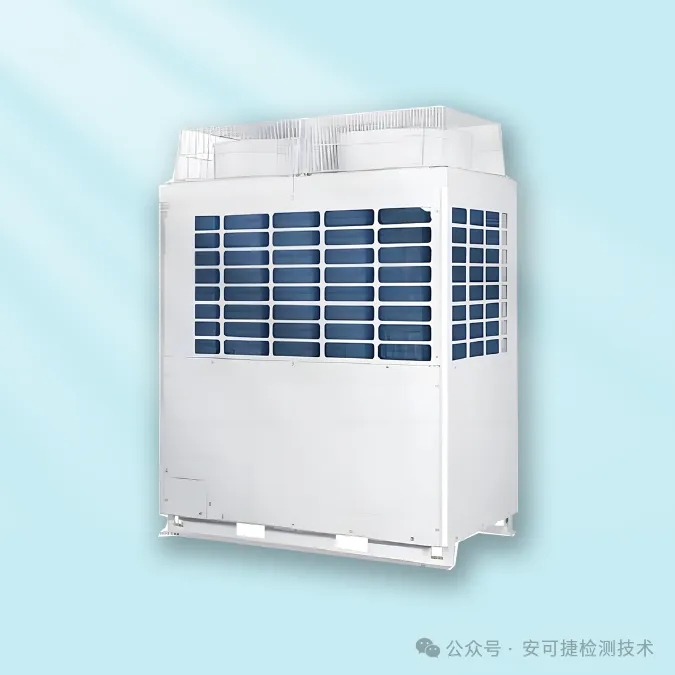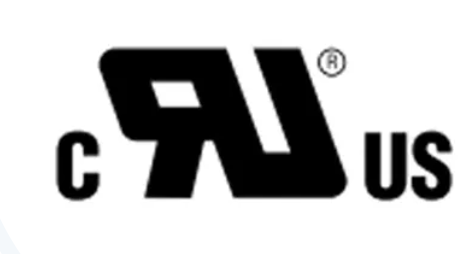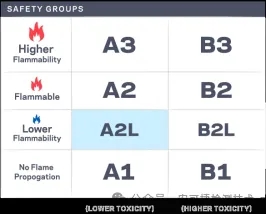
UL approvals for A2L refrigeration system components,
ensures simplification of the overall certification process for their finished equipment manufacturers (OEMs).
Environmental protection new power, safety new upgrade,
ancojet helps enterprises to develop sustainably!
refrigerants such as R32 and R454B are increasingly used due to their excellent thermodynamic properties, low global warming potential (GWP) and low environmental impact. These hydrofluoroolefin (HFO) refrigerants have relatively low flammability limits due to compliance with ANSI/ASHRAE 34 standards.
However, because they still have flammability risks, we must be very careful when selecting parts that use A2L refrigerants such as R32, R454B and other HFO mixtures to ensure that these parts have excellent fire protection capabilities to ensure safe use.
In order to help the HVAC industry select the right components for systems containing A2L refrigerant, UL has launched a new "fire protection parts for refrigeration and air conditioning equipment using A2L refrigerant" service.
This service not only ensures the traceability of critical materials and designs without the need for full HazLoc certification, but also avoids the cumbersome HazLoc certification process, which is far more reliable than the traditional method of providing only test data letters. The service's speed, low-cost features and tight protection of intellectual property rights have undoubtedly brought a new certification experience to the HVAC industry.
UL's new service focuses on the in-depth evaluation of refrigeration/air conditioning components (such as switches, relays, DC motors, etc.) to ensure that these components can operate safely and reliably in the A2L refrigerant environment.
for general certification requirements, we always adhere to strict standards to ensure that certification requirements related to the risk of electric shock, fire and personal injury remain unchanged, and strictly follow the existing UL parts certification file regulations.
For fire protection requirements, we test according to UL/IEC and CSA and other authoritative standards, to ensure that the components in the system containing A2L refrigerant fire resistance performance to meet the highest standards.
Components are tested in accordance with UL/IEC 60335-1 or UL/IEC 60335-2-40 Annex DVA, and reviewed in accordance with these UL/IEC 60335-2-40 Annexes, "Household and Similar Electrical Appliances-Safety-Part 2-40: Particular Requirements for Electric Heat Pumps, Air Conditioners and Dehumidifiers, as Heating and Cooling Equipment (LZFE)":
· Annex FF-Leak Simulation Test
· Annex J-Allow relays and similar components to open to prevent A2L refrigerant from igniting
· Attachment NN--A2L refrigerant fire resistance shell verification test

UL/C-UL's recognition of flame retardant zero firmware for low flammable refrigerant systems has undoubtedly injected strong confidence into finished equipment manufacturers (OEMs). This recognition not only helps OEMs to more easily select parts, but also significantly simplifies the overall certification process of their products, thereby accelerating product launch and enhancing market competitiveness.
| What are hydrofluoroolefins (HFOs)? | Hydrofluoroolefins (HFOs) are a family of refrigerants designed to replace older solutions such as HCFCs and HFCs. Compared to conventional refrigerants, hydrofluoroolefins (HFOs) have a much lower global warming potential (GWP) and a zero ozone depletion potential (ODP). |
| How safe is A2L? | Although A2L has slightly flammable characteristics, if handled properly, there will be no safety issues during use. As with all refrigerants, specific codes and standards apply.
|
| At present, A2L refrigerant is widely used in Europe and Japan, and gradually occupies a place in the North and South American markets. In the United States, state building codes have been revised to accept A2L, and with the final establishment of relevant codes and standards, A2L refrigerants are expected to be more widely used by 2024. | |

